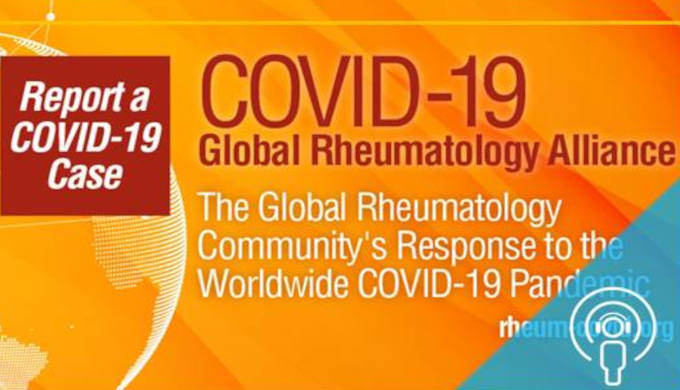Author: Lucy Piper
medwireNews: Genetic variants that modify survival in amyotrophic lateral sclerosis (ALS) can act on their own or in unison, having an additive effect and significantly worsening a patient’s outcome, researchers report in the journal Neurology.
“ALS heterogeneity is likely due to an interplay between genetics, age, and environmental factors”, explains the team led by Adriano Chio (University of Turin, Italy). The authors continue: “In this study, we have shown that another element determining ALS phenotypic heterogeneity is the co-presence of two or more different genetic modifiers of survival.”
A total of 1245 patients diagnosed with ALS between 2007 and 2016 were identified through the Piemonte Register and matched for age, sex, and geographical location with 766 individuals without ALS.
The genetic variants assessed were UNC13A (rs12608932), CAMTA1 (rs2412208), SLC11A2 (rs407135) and ZNF512B (rs2275294), as well as ATXN2 polyQ intermediate repeats (≥31) and C9orf72 GGGGCC intronic expansions (≥30).
The cohort survived a median 2.67 years, ranging from 1.67 to 5.25 years, and just over half (54%) carried at least one detrimental common variant or repeat expansion, which the team says highlights the clinical impact of the findings.
Significantly shortened survival was associated with variants in C9orf72 (median survival 2.51 years), UNC13A c/c (median survival 2.3 years) and ATXN2 (median survival 1.82 years). And in multivariable analysis, which accounted for age at onset, time to diagnosis, sex and site of onset in addition to other potentially modifying factors, these genetic variants along with CAMTA1 were independently associated with worse survival, with hazard ratios of 1.65, 1.31, 1.65 and 1.13, respectively.
Chio and colleagues then looked at the effect pairs of these genes had on survival, finding in most cases, “the presence of both detrimental alleles/repeat expansion was correlated with significantly shorter survival compared to other cases.” The only slight exception was the interaction between C9orf72 and CAMTA1, which was only marginally significant.
Notably, CAMTA1 G/G+G/T appeared to interact with all other examined genes in shortening survival, the researchers point out. For instance, median survival was 1.67 years among the 5.5% of participants carrying both CAMTA1 G/G+G/T and UNC13A C/C, compared with 2.75 years for CAMTA1 T/T and UNC13A AA/A+A/C carriers.
For the 3.1% of patients carrying both CAMTA1 G/G+G/T alleles and the C9orf72 repeat expansion ≥30, median survival was 2.33 versus 2.67 years among CAMTA1 T/T and C9orf72 ≤29 carriers. For the 1.6% carrying the CAMTA1 G/G+G/T alleles and the ATXN2 intermediate polyQ repeats ≥31 it was 1.75 versus 2.67 years for CAMTA1 T/T and ATXN2 ≤30 carriers.
Other combinations included UNC13A C/C with ATXN2 intermediate polyQ repeats ≥31 in 0.5% of patients and UNC13A C/C with C9orf72 repeat expansion ≥30 in 0.4% of patients, with corresponding median survival compared to UNC13A AA/A+A/C and ATXN2 ≤30 carriers and UNC13A AA/A+A/C and C9orf72 ≤29 carriers of 1.33 versus 2.67 years and 1.66 versus 2.67 years.
There was also evidence of a significant and worsening effect on median survival in line with increasing number of deleterious alleles, decreasing from 3.0 years among the 46.0% of participants with no deleterious alleles to 0.84 years for the 0.3% of patients carrying three variants.
In addition to the negative effect on survival, combinations of genetic variants also characterized the patients’ phenotypes, Chio and co-workers say
The interaction between CAMTA1 G/G+G/T and UNC13A C/C variants was associated with older age at onset, a more frequent bulbar onset and greater weight loss. The combination of CAMTA1 G/G+G/T and ATXN2 intermediate polyQ repeats was associated with bulbar onset, faster disease spread and worsening of motor symptoms and patients carrying both CAMTA1 G/G+G/T and C9orf72 repeat expansion were more likely to be younger, have a faster disease spread and a higher frequency of frontotemporal dementia.
The researchers believe that “the interactive effect of these variants is likely to have profound effects on clinical trial design and interpretation, in particular for relatively common combinations, such as the association of CAMTA1 G/G+G/T and UNC13A C/C variants”.
They add that “variants acting as phenotypic modifiers should be included in ALS genetic panels to provide patients and their families with a better prediction of the course of the disease and improve the planning of therapeutic interventions.”
News stories are provided by medwireNews, which is an independent medical news service provided by Springer Healthcare Ltd. © 2023 Springer Healthcare Ltd, part of the Springer Nature Group
This independent news story was supported by an educational grant from L’Institut Servier, Suresnes, France.
Image Credits: © herraez / stock.adobe.com



